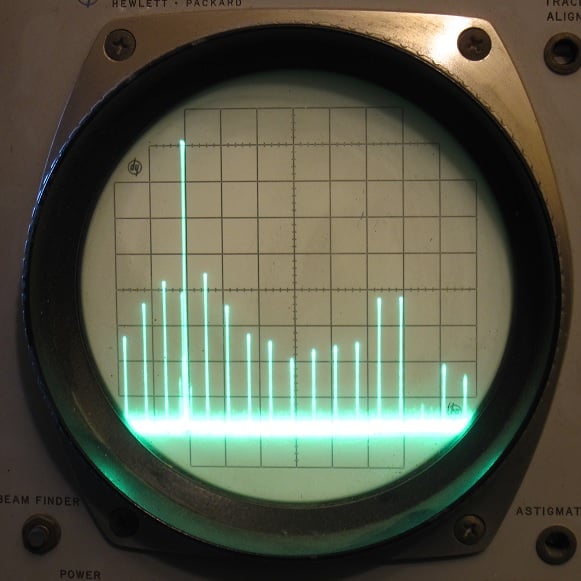

-
There is no shame in dual booting. That will give you the freedom to find alternatives for everything in your workflow until you stop needing to boot into Windows at all. The preferred way is with a separate physical drive, because windows updates will sometimes overwrite the ESP partition or do other weird things which could break your Linux install.
-
Not an expert in that, sorry. There are plenty of articles online for alternatives for all of those.
-
Linux has no trouble reading NTFS. I have an NTFS network drive, and on my dual boot laptop I can simply reach into the NTFS partition on my second drive and grab files from it from Linux (Windows cannot read the Linux drive, though).
-
Not sure on those specific models, but I have a Behringer UM2 and Linux detects and works with it just fine.

It is a somewhat old-fashioned choice these days, but Arctic Silver 5 paste is still my go-to. It is very thick and not prone to pump-out or dry-out. I have systems that I have taken apart where the paste was still tacky a good 5-6 years later. I think some modern pastes are a degree or two cooler, but for a 15W U-series CPU I do not think that is as much of a concern.
Most tutorials online will be for desktop CPUs and will tell you to put a pea-sized bead in the center and press down, but this is more suitable for desktop CPUs with an integrated heat spreader and not laptop CPUs, which are typically direct die application and would probably either leave a ton of excess paste from a pea-sized dot, or risk an exposed corner for a smaller dot.
For direct die, I would suggest spreading an even layer of paste from edge to edge of the die using the edge of an old credit card or the like. You want to avoid stirring up the paste too much in order to avoid introducing air bubbles which could cause localized hot spots on the die.